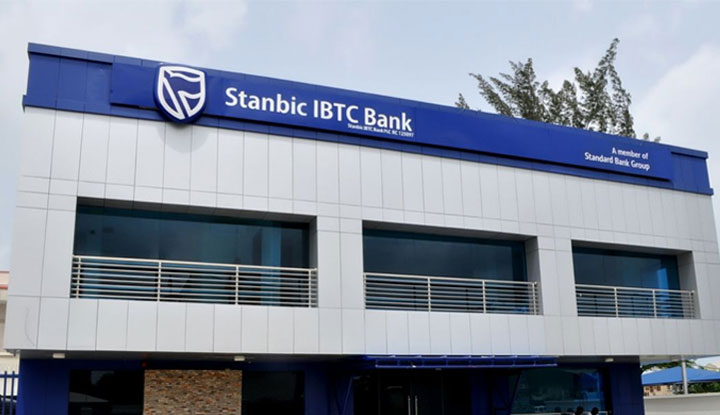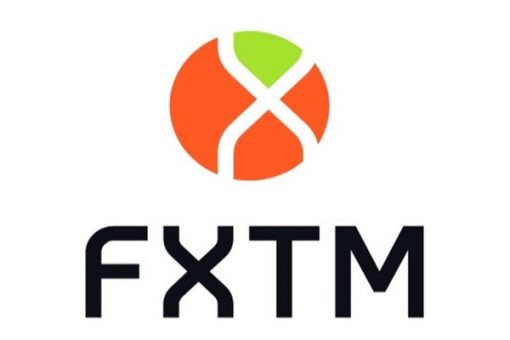
Keep up with the latest news and be part of our weekly giveaways and airtime sharing; follow our WhatsApp channel for more updates. Click to Follow us
The efficiency within Nigeria’s private sector is estimated to have improved in March, with output, new orders, and employment all increasing to greater degrees than in February. The Stanbic IBTC Bank Purchasing Managers’ Index (PMI) showed that firms were helped to some extent by softening inflationary pressures, with input costs increasing at the slowest pace since May 2023.
For further information, read more details here
The headline PMI posted 54.3 in March, up from 53.7 in February and above the 50.0 no-change mark for the fourth consecutive month. According to Muyiwa Oni, Head of Equity Research, West Africa, at Stanbic IBTC Bank, “Softening inflationary pressures are helping to improve domestic demand conditions, in turn, supporting an overall improvement in private sector activity in Nigeria.”
The latest improvement in business conditions in the private sector was solid and the most marked since the start of 2024. Central to the latest strengthening in the health of the private sector was an improving demand climate. This has helped lead to a fifth successive monthly expansion of new orders in March. The pace of increase was sharp and the fastest in 14 months
In turn, the pace of output growth also quickened at the end of the opening quarter. Oni noted, “Consequently, private sector activity strengthened for the fourth consecutive month, with the headline PMI settling higher at 54.3 points in March from 53.7 points in February – its highest point since January 2024 (54.5 points).”
The employment level increased for the fourth month running in March, although some firms reported hiring staff on a contract basis. The pace of increased input costs for Nigerian companies moderated sharply in March, with the latest rise being the slowest since May 2023, albeit still marked.
In line with this, the pace of output price inflation softened further – easing for the third successive month to the weakest since May 2023. Staff costs continued to rise at a solid pace, with companies generally linking the efforts to increase staff pay to helping workers deal with higher living costs.
Oni added, “Private sector activity in the first quarter of 2025 was at a much better position compared to the preceding quarter, and this is consistent with a likely 3.9% year-on-year growth in the non-oil sector in the same period, signifying a further improvement in business conditions.”
For the full year 2025, the non-oil sector is poised to improve further compared to 2024, driven by FX stability, improved FX liquidity conditions, and anticipated reductions in borrowing costs. As a result, the non-oil sector is projected to grow by 3.4% year-on-year in 2025, supporting an overall economic growth of 3.5% year-on-year in real terms. The first quarter 2025 growth print is forecasted to settle at 3.7% year-on-year.
Please don’t forget to “Allow the notification” so you will be the first to get our gist when we publish it.
Drop your comment in the section below, and don’t forget to share the post.





